On February 26, I took a trip to my phenology site. The journey to my site involved the discovery of a red-tailed hawk, some sort of dog print, and an abandoned beehive. While these three organisms are very different from each other, they each seek shelter and thrive in Centennial Woods. Of these three animals, I found the red-tailed hawk the most interesting, and I was able to capture a quality picture of it. A red-tailed hawk is a very common bird of prey that has broad wings, a large body, and a stout tail. In Vermont, these birds usually reside in the trees near open farmlands or in deep woods where small prey can be found. Centennial Woods is a prime spot for these large birds. The feeding habits of these hawks includes rabbits, rodents, snakes, and hares. In the winter, the red-tailed hawk eats the small rodents residing in the subnivean zone that arise and forage for food. Due to the fact that hawks are diurnal, the activities of travel, hunting, and construction and reconstruction of nesting sites happen during the day. At night, the hawks rest and roost. The only major predators of the red-tailed hawk are other hawks and bigger birds of prey such as eagles, (which are not extremely common in this area).
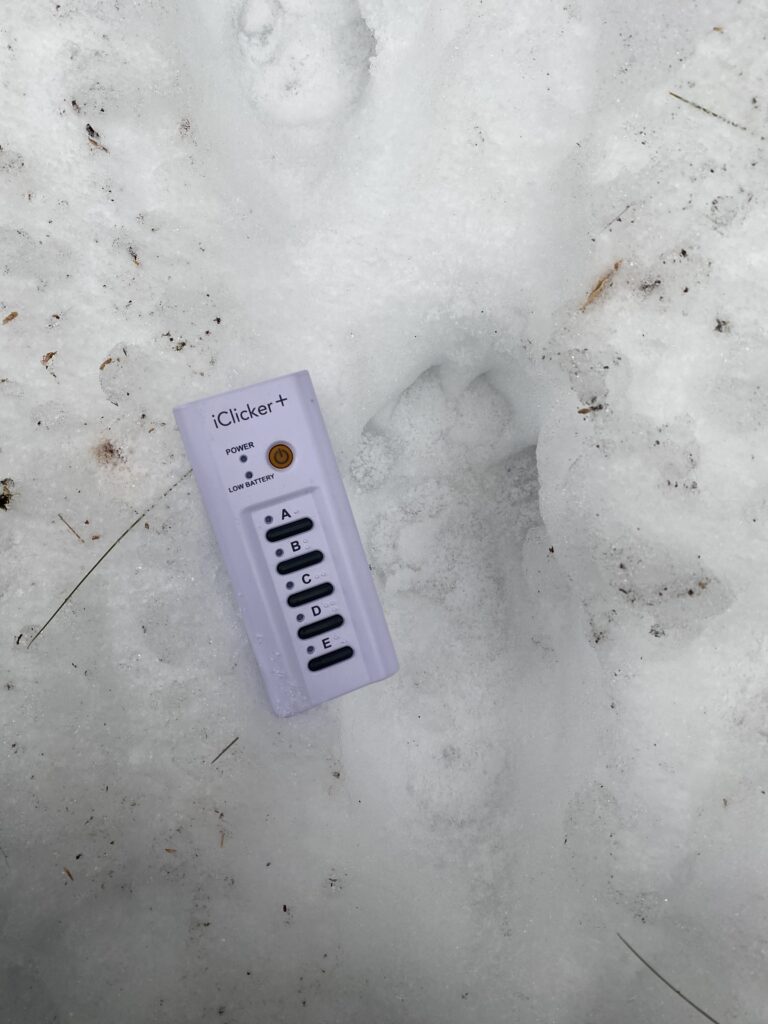
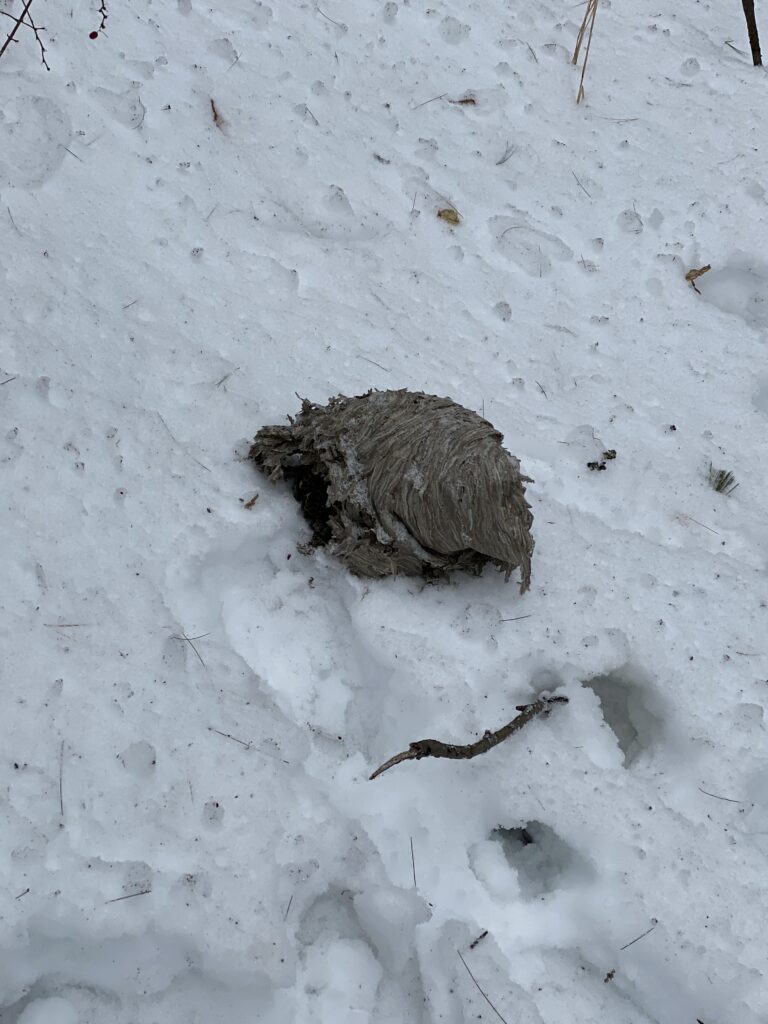
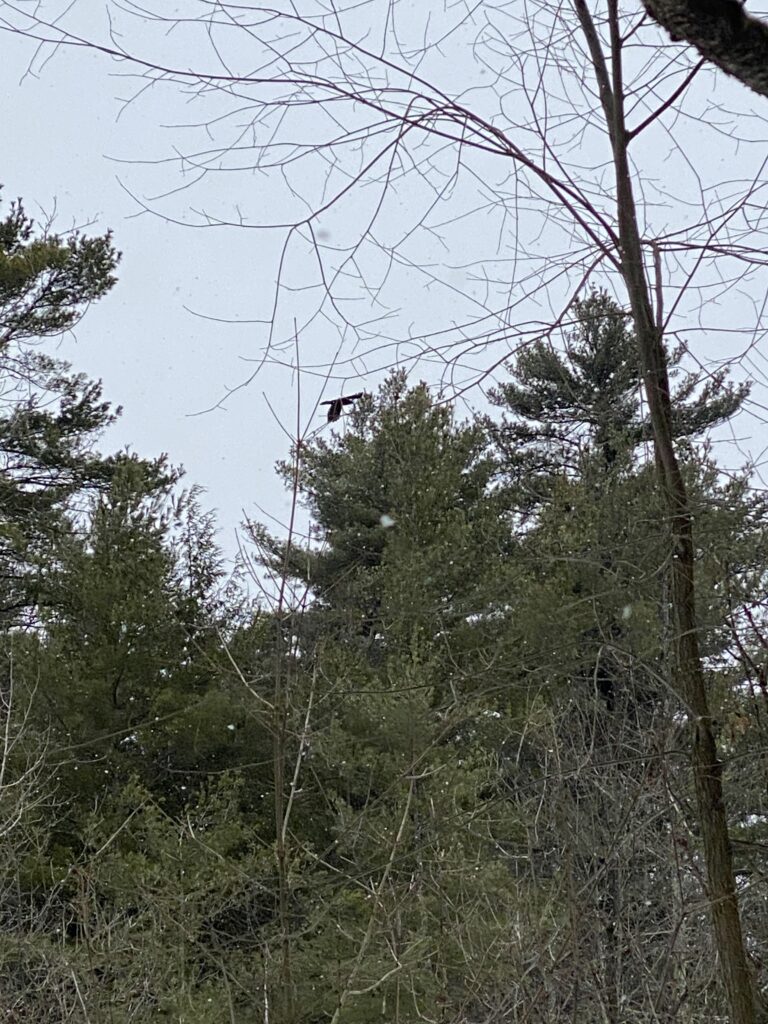
The image I captured of this hawk shows it in mid-flight. However, hawks usually catch drifts of hot and cold air, allowing them to float until they have honed in on prey. This means that the picture I took shows the hawk on route to attack its prey. An interaction the red-tailed hawk could have had is with a prey such as a field mouse, (my picture is a clue of this). Another interaction the red-tailed hawk has is with other red-tailed hawks. Although there were no obvious signs of this, I did come across a roosting hole in one tree, and it was large enough to guess that is was for a family, not just one singular hawk.
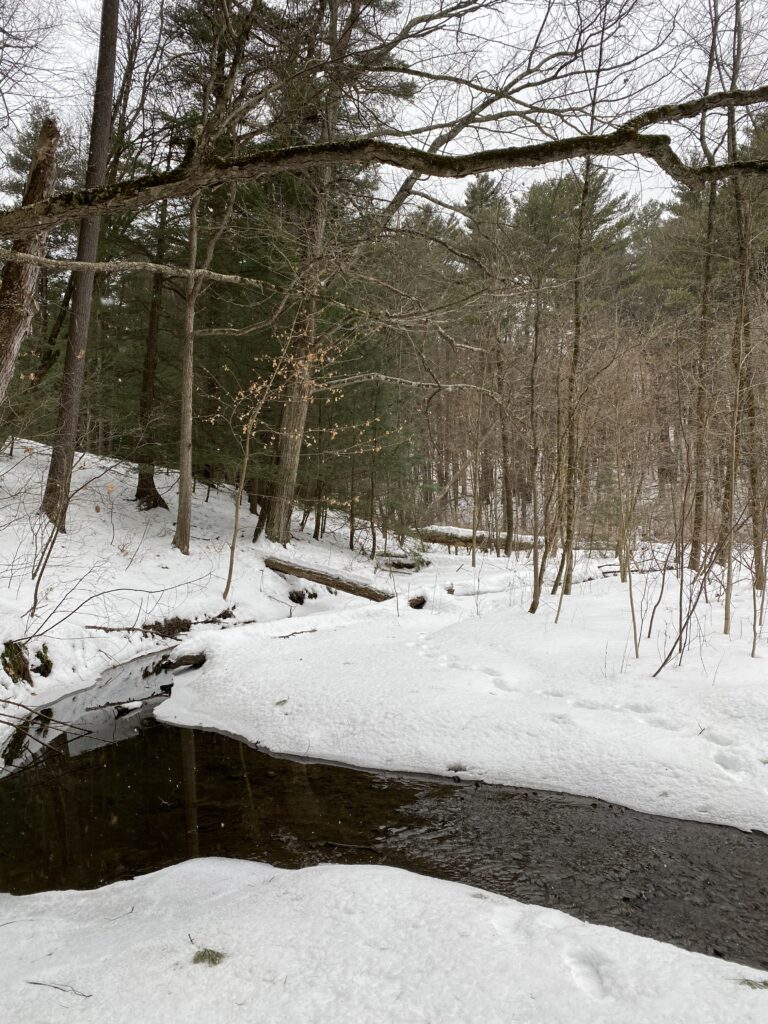
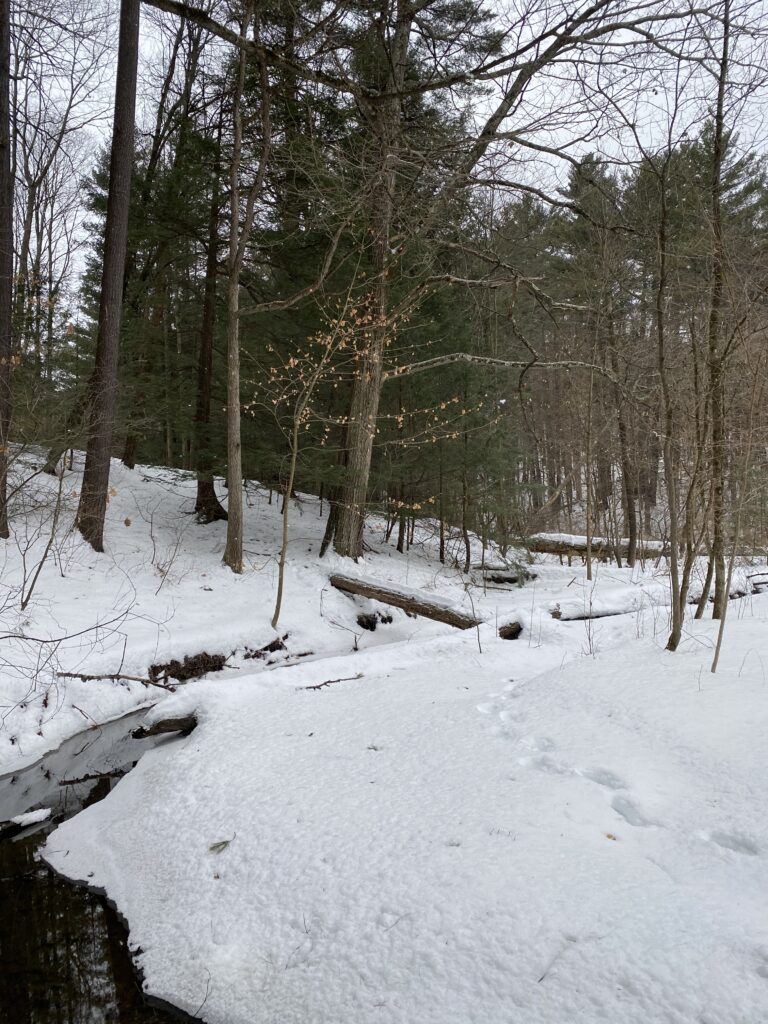
The last visit to my site was in January, so roughly a month ago. Since then, not too many phenological changes have occurred. However, there is roughly 4 more inches of the snow now than there during my January visit. Because of this, the path of the stream is altered and forced to flow to the left rather than both left and right. There is no longer visible leaf litter in the stream or on the ground around the stream. The temperature was roughly 12 degrees lower than in January, so the presence of animals was even less than it was a month ago.
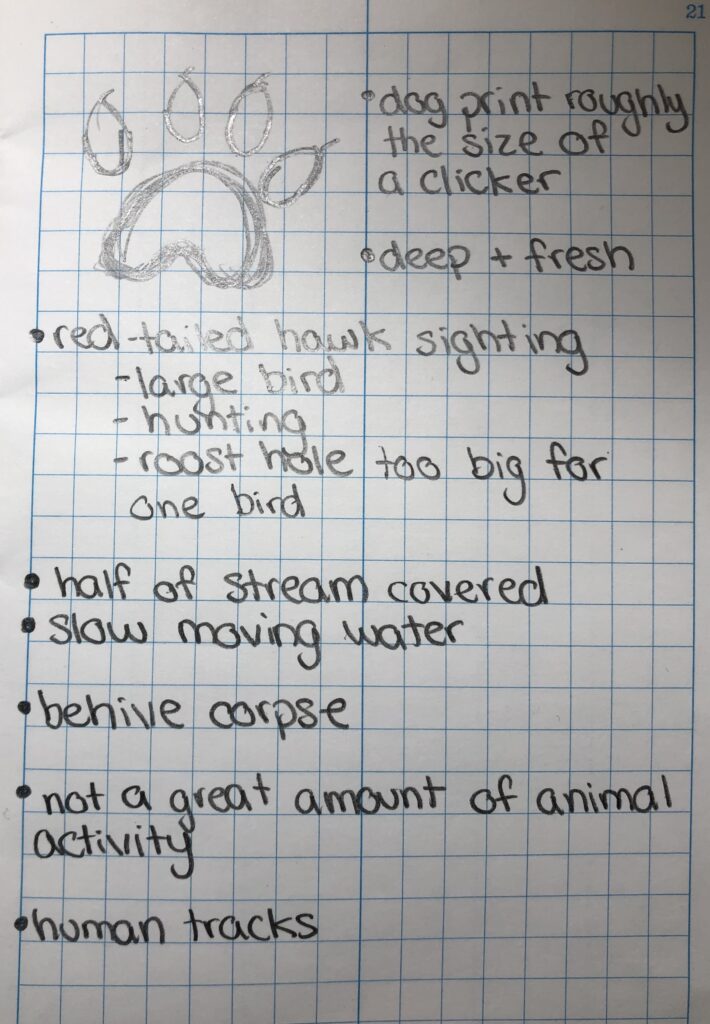
Citations:
Red-tailed Hawk (Buteo jamaicensis). (n.d.). Retrieved from http://val.vtecostudies.org/projects/vermont-breeding-bird-atlas/red-tailed-hawk/
Red-tailed Hawk Identification, All About Birds, Cornell Lab of Ornithology. (n.d.). Retrieved from https://www.allaboutbirds.org/guide/Red-tailed_Hawk/id
Red-Tailed Hawk. (n.d.). Retrieved from https://vtfishandwildlife.com/learn-more/vermont-critters/birds/red-tailed-hawk